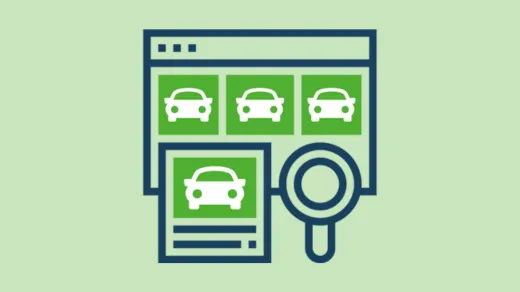Car Leasing: A Smarter Way to Drive Your Dream

Car leasing has become an increasingly popular option for individuals and businesses looking to enjoy the benefits of a new vehicle without the commitment of ownership. It offers flexibility, affordability, and access to the latest models. In this article, we will delve into the world of car leasing, exploring its significance, how it works, and the advantages it provides to both consumers and businesses.
The Significance of Car Leasing
Car leasing holds a significant place in the automotive industry for several reasons:
- Affordability: Leasing allows individuals to drive a new car with a lower upfront cost compared to purchasing. This makes it an attractive option for those who desire the latest models without a substantial down payment.
- Variety and Convenience: Leasing provides access to a wide range of vehicles, and it allows individuals to switch to a different car every few years, keeping up with the latest features and technologies.
- Low Maintenance Costs: Leased cars are typically under warranty, which means that most maintenance and repair costs are covered during the lease term.
- Business Benefits: Companies often lease vehicles for their fleets, benefiting from tax advantages, predictable budgeting, and the ability to maintain a modern, professional image.
How Car Leasing Works
Car leasing is a relatively straightforward process. Here are the key steps involved:
- Choose a Vehicle: Select the make, model, and trim level of the vehicle you want to lease.
- Agree on Terms: Discuss the lease term (usually 24-48 months), the number of miles you plan to drive each year, and any upfront costs or down payment.
- Credit Check: The leasing company will conduct a credit check to assess your creditworthiness. Your credit score will influence the terms of the lease, including the interest rate.
- Sign the Lease Agreement: Once the terms are agreed upon, you will sign a lease agreement, which outlines your obligations and responsibilities during the lease term.
- Make Monthly Payments: You’ll make monthly payments for the duration of the lease term. These payments are often lower than what you would pay for a car loan because you are essentially paying for the depreciation of the vehicle over the lease period.
- Comply with Mileage and Maintenance Terms: You must adhere to the mileage limits specified in the lease agreement. Additionally, you are responsible for maintaining the vehicle according to the manufacturer’s guidelines.
- End of Lease Options: At the end of the lease term, you have several options: you can return the vehicle and lease a new one, purchase the leased vehicle at its residual value, or choose to extend the lease.
Advantages of Car Leasing
- Lower Monthly Payments: Lease payments are typically lower than loan payments for the same vehicle, allowing you to drive a more expensive car for less money each month.
- Access to New Vehicles: Leasing lets you drive the latest models with cutting-edge technology and features.
- Lower Maintenance Costs: Leased vehicles are usually under warranty, reducing repair and maintenance expenses.
- Tax Benefits for Businesses: Businesses can often deduct lease payments as a business expense, providing tax advantages.
- No Resale Hassles: At the end of the lease, you simply return the car to the leasing company, avoiding the hassle of selling or trading in a used vehicle.
- Minimal Down Payment: Lease agreements often require a lower upfront cost than purchasing a car, making it more accessible.
Considerations and Limitations
While car leasing has its advantages, there are some considerations and limitations to keep in mind:
- Mileage Limits: Leases typically come with mileage limits, and exceeding these limits can result in additional charges.
- Ownership: With a lease, you do not own the vehicle, which means you cannot customize or modify it as you would with a purchased car.
- Early Termination Fees: Ending a lease before the agreed-upon term can result in hefty fees.
- Wear and Tear: You are responsible for any excessive wear and tear on the leased vehicle, which can result in additional charges.
Conclusion
Car leasing is a compelling alternative to traditional car ownership, offering affordability, variety, and flexibility. It provides individuals and businesses with the opportunity to drive the latest vehicles while minimizing the financial burden and maintenance costs associated with car ownership. By understanding the leasing process, its advantages, and potential limitations, individuals and businesses can make informed decisions and explore the possibilities that car leasing offers.
Check out Lets Talk Leasing for more information.





